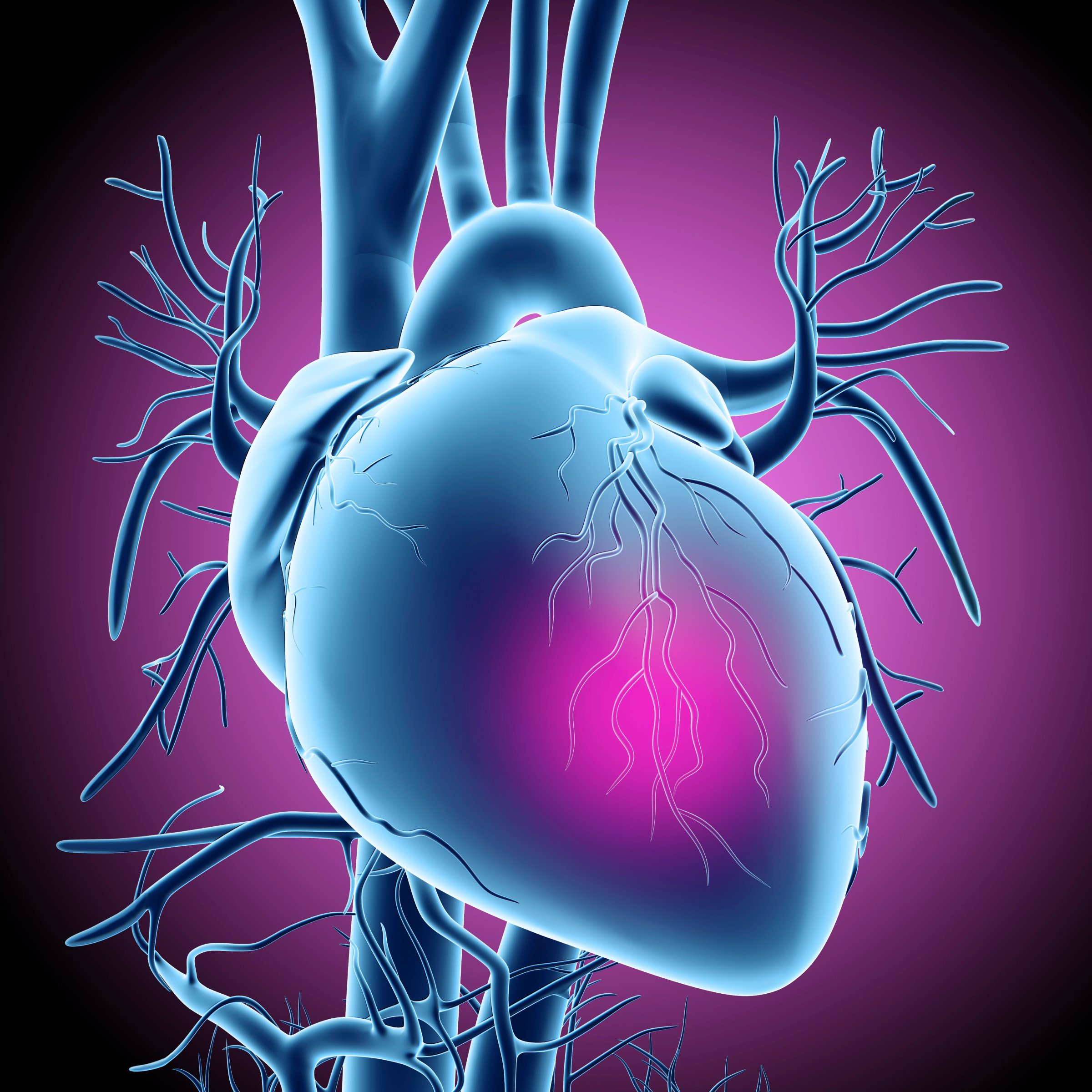
In a new study of a class of cholesterol lowering drugs called PCSK9 inhibitors—which received much fanfare recently for lowering cholesterol to unprecedented levels —doctors wanted to know how they would work if taken along with statins, the gold standard for treating high LDL cholesterol. Do the drugs, which both work on cholesterol receptors in the liver but in slightly different ways, combine forces to lower LDL even further than either alone? Or do they negate each other’s effects, only producing as much reduction as either one alone?
Dr. Steven Nissen, chair of cardiovascular medicine at Cleveland Clinic, and his colleagues report the answer to those questions in a report in JAMA and in a presentation at the American Heart Association annual meeting. Among nearly 1,000 people with heart disease in six countries, they found that the combined effect of the PCSK9 inhibitor evolocumab and a statin lowered LDL dramatically — more than either drug alone. And that reduction came with a possible heart benefit — the drug combination also shrunk plaques that had been building up in the heart vessel walls of these people.
“The question was, could we do better than giving a statin alone, by giving the combination,” says Nissen. “And at the end of 18 months, we found [among the people taking the combination], there was less plaque than what the patients started with.”
All of the people in the study had at least one partially blocked major heart vessel, as well as other heart disease risk factors including a previous heart attack, unstable angina, type 2 diabetes, hypertension or were smokers. All were being treated with a statin to lower their cholesterol. For 18 months, they continued with their statin but about half were randomly assigned to receive evolobumab, a PCSK9 inhibitor, while the remaining people took a placebo. All also had ultrasound images taken of their heart at the start of the study and again toward the end to measure if and how much their plaque changed.
About 64% of people taking the combination of cholesterol-lowering drugs had their heart plaques shrink during the study, compared to 47% of those taking placebo. That suggests that the two-drug regimen might reverse atherosclerosis and potentially even avert some heart events by dissolving the fatty buildup that causes them.
“This study shows that for people with difficult-to-control cholesterol, we are beginning to accumulate evidence that there are drug options for them to not only lower cholesterol but to improve the health of their arteries,” says Nissen. “That’s new information.”
The study didn’t answer whether the cleaner vessels can actually lead to fewer heart attacks or heart deaths, but that would be the logical result. PCSK9 inhibitors like evolocumab were discovered after researchers found that some people had mutations in the PCSK9 gene and enjoyed astonishingly low LDL levels, around 20mg/dL (doctors recommend average adults aim for levels around 100mg/dL). Those people didn’t seem to have any health issues because of their mutation, but enjoyed lower than average risk of heart disease.
So the results raise the more complicated question of how low LDL levels should go, and whether current guidelines are set too high. Would more lives be saved, and more heart attacks averted, if LDL targets were set lower? The findings make a strong case that may be the case. The study found that for people with the lowest levels of LDL, the benefit from the paired drugs in reducing plaque in the arteries nearly doubled, suggesting that not only people with advanced disease but even those with lower amounts of plaque might benefit.
But for now, the combination isn’t accessible enough to be used widely. The study only looked at people with a history of heart problems; it says nothing yet about whether the combination of medications could be used to prevent first heart attacks in high risk people. Evolocumab isn’t a pill but has to be injected, and it’s expensive, costing about $1200 per month. So as effective as it may be, either alone or in combination with a statin, it’s likely out of reach for most people who might benefit.
Still, doctors now have another option for treating people who may have stubbornly high cholesterol levels that don’t drop with statins, diet and exercise alone. And reason to take a closer look at how low LDL should be set. “The science here is what is really interesting,” says Nissen, noting that the low levels of LDL achieved in the study by combining the drugs are found in nature among wild animals with low heart disease rates. “There seems to be a really big benefit to going really low.” The results of next year’s studies on how people on PCSK9 inhibitors fared on heart events will provide more evidence on whether that’s true.
More Must-Reads from TIME
- Inside Elon Musk’s War on Washington
- Meet the 2025 Women of the Year
- The Harsh Truth About Disability Inclusion
- Why Do More Young Adults Have Cancer?
- Colman Domingo Leads With Radical Love
- How to Get Better at Doing Things Alone
- Cecily Strong on Goober the Clown
- Column: The Rise of America’s Broligarchy
Contact us at letters@time.com